We were busy filming and editing some new Jellyfish Art maintenance videos for your learning pleasure and came across a funny realization: how exactly do you describe how a jelly eats?
Jellies are pretty opportunistic feeders and will eat any type of zooplankton (sea critter) that is the right size. From other gelatinous critters to tiny crustaceans to fish eggs and larvae, jellies have existed for 600 million years because they are not picky eaters. In addition, the shape of their bell, number and length of their tentacles, and number of stinging cells within those tentacles determine how much of what a jelly eats. For instance, when Moon jellies pulse the micro-current created around their wide bells brings zooplankton into contact with their tentacles. Look for this next time you are feeding your jellies!
So unlike fish, most jellies are suspension feeders that collect floating food particles by essentially running into them. This is one of the reasons why the floating pellet food we use at Jellyfish Art keeps the jellies so healthy. The box jelly, Tripedalia cystophora, however is different. It has well developed eyes that look up towards the water surface at all times to keep an eye on the terrestrial landmarks that mark where its food lives. These box jellies live in the mangrove lagoons near La Parguera in Puerto Rico. The copepods they feed on gather in the rays of the sun that filter through the mangrove canopy. If currents sweep these box jellies away, they search for and quickly swim towards the mangrove canopy or risk starvation if they stray too far. Pretty impressive for a spineless and brainless critter!
References: Garm, A., et al. (2011). Box Jellyfish Use Terrestrial Visual Cues for Navigation. Curr. Biol. DOI: 10.1016/j.cub.2011.03.05




